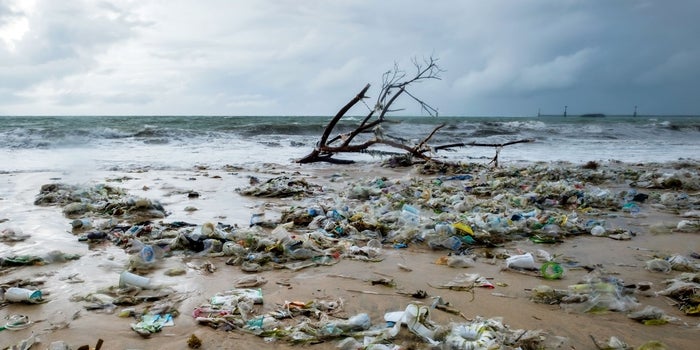“Pollution is the introduction of impurities into the natural environment that is capable of causing adverse changes”
It can define on the basis of following three aspects:
- The presence of a contaminant in the environment.
- Amount of contaminant to a certain limit
- Whether the contaminant is causing harm to life.
Introduction:
Pollution affects everything on planet earth irrespective of their presence. Every day we go through the newspapers and magazine stories about its adverse effects causing irreplaceable damages to the Earth and it is increasing with each year passing. Pollution is negatively affecting the lives of not only humankind but equally causing adverse effects to other living organisms like animals, plants, aquatic organisms. According to a global survey report issued In 2015, pollution killed around 9 million people in the world.

Types of Pollution:
Any unwanted change in the environment and its surroundings which is causing detrimental effects on the lives of all species and eventually changing the environment, soil, water, air, and the land is referred to as Pollution. Based on negative impacts, the seven major types of pollution are listed below:
- Air Pollution.
- Water Pollution.
- Soil Pollution.
- Light Pollution
- Noise Pollution.
- Radioactive Pollution.
- Environmental Pollution.
AIR POLLUTION:
Air is an important abiotic factor that plays a vital role in respiration. It is a mixture of oxygen, nitrogen, carbon dioxide, and inert gases. Oxygen is important in the Combustion process. Nitrogen and Carbon dioxide are utilized by plants to perform its metabolic processes. Air contains about 99% of all these gases, but when the ratio is disturbed it contributes to Air Pollution. The introduction of harmful and poisonous substances (pollutants) into the air referred to as Air Pollution. These toxic substances are present at that higher level that they pose serious health issues.
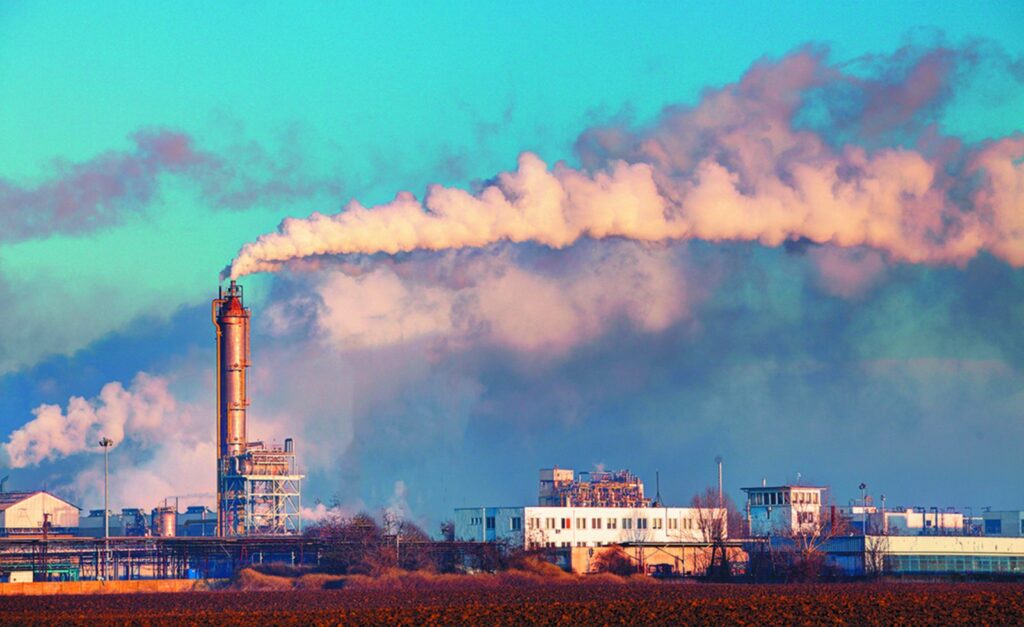
CAUSES:
- The root cause of air pollution is the burning of fossil fuel during cooking, driving and many other industrial activities release many chemicals the air every day thus polluting it.
- Smog and soot are the most prevalent air pollutants.
- Smoke from the chimneys and factories, burning of wood due to coal burning release Sulphur dioxide in the air.
- Nitrogen Oxide is produced from the fertilized farmlands and is polluting the air.
- Paints, hairspray, varnish, aerosol spray, and some solvents produce fumes. Fumes also tend to pollute the air.
- Methane is being generated from water deposition in landfills. Methane is a highly flammable gas and tends to displace oxygen in the enclosed areas which often leads to asphyxia and suffocation.
- Carbon dioxide, Sulphur dioxide, methane, and nitrogen dioxide, when released in the air are mixed with some other chemicals and thus contribute to Acid Rain production.
EFFECTS:
Air pollution causes detrimental effects on the lives of people. According to a journal that is published in the Environmental Research Letter, air pollution kills almost 2 million people per year. But the effect of air pollution on human health vary widely depending on the nature of pollutants. For example, if the pollutant is an irritant, it would cause respiratory problems and cardiovascular diseases.
In 1984, methyl isocyanate gas was released in Bhopal that killed almost 2,000 people and 200,000 people suffered from respiratory problems.
WATER POLLUTION:
The contamination of water bodies such as lake, river, streams, oceans or other stretches of water by harmful substances is referred to as water pollution. It is the contamination of water bodies by human activities.
There are two types of water pollution:
- Organic Pollution caused by microorganisms like viruses and bacteria.
- Chemical Pollution caused by pesticides, chemicals used in industries, human and animal drugs, and by heavy metals.
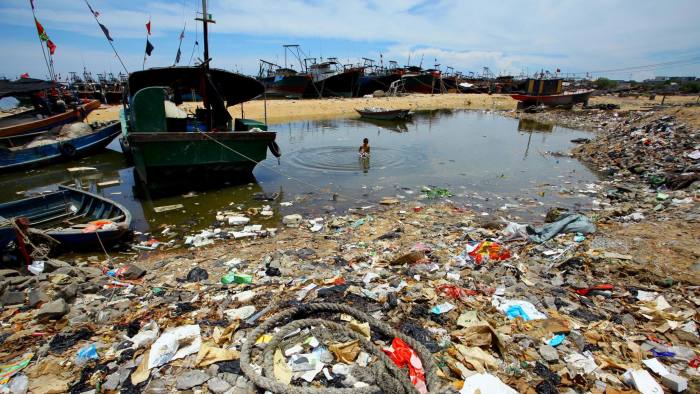
CAUSES:
Unexpectedly, humans are primarily responsible for water pollution. Water can be easily polluted because it is a universal solvent that can dissolve almost every substance present in the universe. Thus, toxic substances are also dissolved in it leading to water pollution.
- Marine dumping is one of the major causes of water pollution. Garbage like plastic, glass, paper, aluminum, and rubber is deposited in the sea that is eaten up by the aquatic organisms leading to their death. Moreover, these substances take hundreds of years to be decomposed thus cause water pollution.
- Industries release a large amount of chemical waste that is drained into the water bodies.
- Radioactive waste is generated by power plants and uranium mining that lingers in the environment for thousands of years. The release of these substances in groundwater, surface water, and marine water threatens the aquatic life.
- Agriculture can be affected by the use of pesticides, insecticides, fungicides which leads to water pollution as these substances are drained in the water bodies.
- Inadequate Sewage and wastewater systems as more than 80% of wastewater go back to the environment without being treated and reused.
EFFECTS:
ON THE ENVIRONMENT: The addition of toxic substances in the water results in eutrophication that badly affects the aquatic life An increase in the temperature of water bodies due to thermal pollution leads to global warming that causes hazards to water organisms.
ON HUMAN HEALTH: Diseases such as Diarrhea, Cholera, Typhoid, Dysentery, and skin infections are caused by drinking contaminated water.
SOIL POLLUTION:
When the toxins are present in the soil in an amount high enough to pose serious threats to health is referred to as soil pollution.
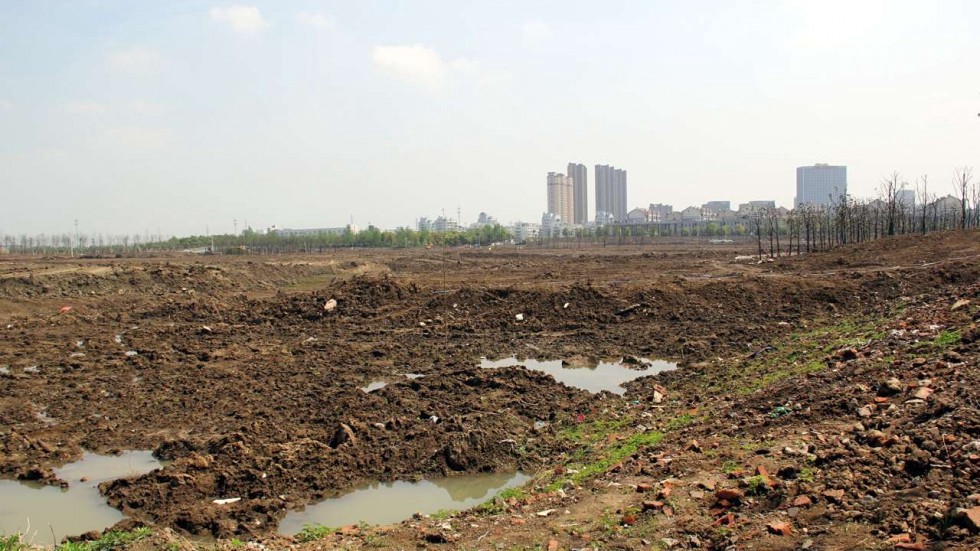
CAUSES:
The soil whether it is polluted or unpolluted contains organic and inorganic substances in it that are present naturally in soil. When the level of these organic and inorganic compound exceeds the level of natural limit due to soil microbial activity, decomposition of organisms and wind activity leads to soil pollution.
The two main causes of soil pollution are:
- ANTHROPOGENIC (MAN-MADE) CAUSES: Man-made soil pollution is usually caused by industrial activities, improper disposal of waste and agriculture pesticides.
- NATURAL CAUSES: Accumulation of any toxic chemical in the soil due to decomposition or organisms and microbial activity.
EFFECTS:
Soil pollution causes serious health implications for plants, animals, and humans. The effect is generally based upon the type and concentration of pollutant inhaled. And it also depends upon the age and health status of a person. The major diseases caused by soil pollution are headache, nausea, fatigue, skin rashes and eye irritation by inhaling the gases present in the soil.
LIGHT POLLUTION:
Light Pollution is also known as photo pollution and is defined as a huge amount of light that is being produced by urban and highly populated areas. It is generally the inappropriate and excessive use of light. It has a negative impact in a way that restrains the people from having a spectacular sight of the sky at night and impacts the migration pattern of birds and nocturnal animal activities.
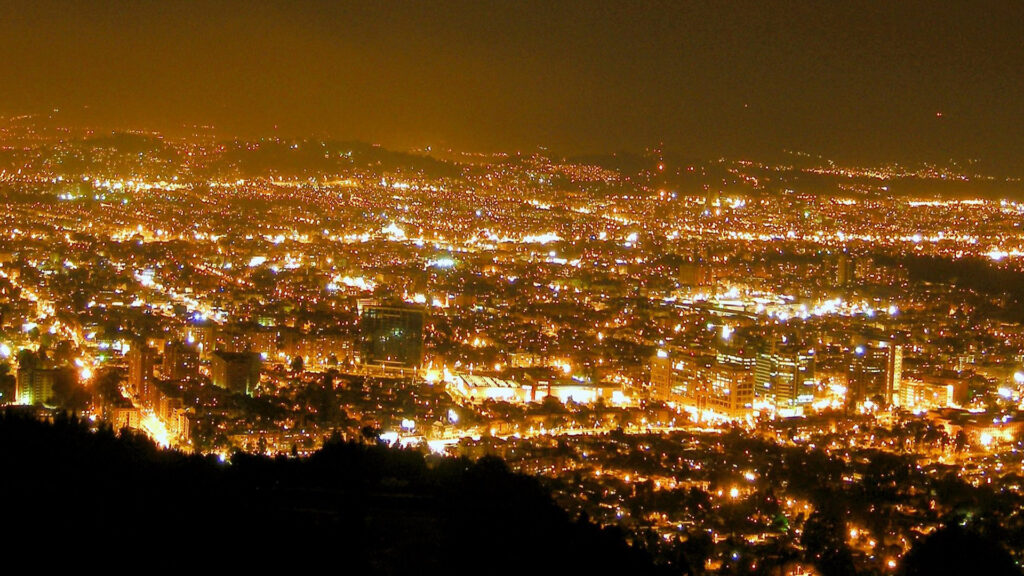
EFFECTS:
Light pollution is affecting every single person on the planet. Many efforts are being done to restore the natural light as artificial light is badly affecting the people.
AN INCREASE IN ENERGY CONSUMPTION: Whenever the light emits or shines, it consumes a huge amount of energy. Talking about the USA, to illuminate the streets and parks about 120 terawatt-hours of energy are consumed.
LIGHT POLLUTION EFFECTS ON WILDLIFE AND ECOSYSTEM: Light pollution greatly disturbs the nocturnal animals as they sleep during the daytime and are active at night. Light pollution is also leading to the demise of baby turtles. The circadian rhythm of humans is also disturbed.
NOISE POLLUTION:
Also known as sound pollution or environmental noise pollution is defined as the progression of noise with detrimental effects on humans and animals.

CAUSES:
According to a general rule, any sound louder than 80 decibels is hazardous. But in our daily lives, we are repeatedly exposed to heavy noise produced by:
- Heavy traffic
- Emergency sirens
- Loud Music
- Jet plane
- Fireworks
- Gunshots
- Industrial machinery
- Tractor
EFFECTS:
Noise pollution is considered as a mere nuisance. When we are exposed to a sound above than 80 decibels, our eardrum can be affected, and hearing loss can occur.
RADIOACTIVE POLLUTION:
When the radioactive substances are released into the environment as a result of a nuclear explosion, nuclear weapon testing, production and decommissioning, mining, disposal of nuclear waste results in radioactive pollution.
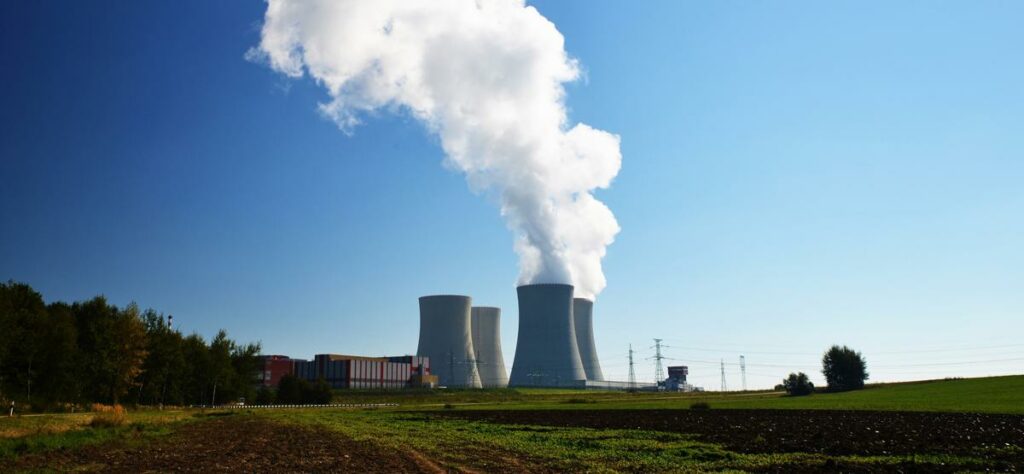
CAUSES:
- Accidents at the nuclear power plant
- Nuclear weapon testing
- Mining of radioactive ores
- Disposal of nuclear waste
- Nuclear weapons used as weapons of mass destruction
- Radioisotopes
EFFECTS:
As the people handling the radioactive isotopes are exposed to the radiation, this exposure may lead to DNA damage. The damage depends upon the degree of exposure.
- Mutation at the genetic level:
- Diseases: Cancer is the dominant disease that can be caused by exposure to radiation.
- Soil infertility: Disposal of the radioactive substances into the soil makes it infertile.
ENVIRONMENTAL POLLUTION:
The environmental pollution is defined as the contamination of atmosphere to such a level that the natural environment is adversely affected.

CAUSES:
- Industries
- Transportation
- Agriculture activities
- Trading activities
- Residences
EFFECTS:
Environmental pollution affects every living organism present on the planet.
Effects on humans: Environmental pollution causes physical effects on humans. It often causes neurodegenerative effects that are long-term. Moreover, allergies, asthma, irritation of eyes and nasal passage blockage are also some of the health implications.
Effects on animals: Environmental pollution harms the animals by making the environment toxic to them by acid rain and soil pollution.
Effects on plants: Acid rain and ozone depletion cause the destruction of plants and wildlife. Ozone depletion blocks the plant respiration.

Komal Nadeem is based in Jhelum. She is doing BS. Biochemistry from Quaid-i-Azam University, Islamabad. Her Interests are Reading books and novels, Gardening, Observing surroundings.
